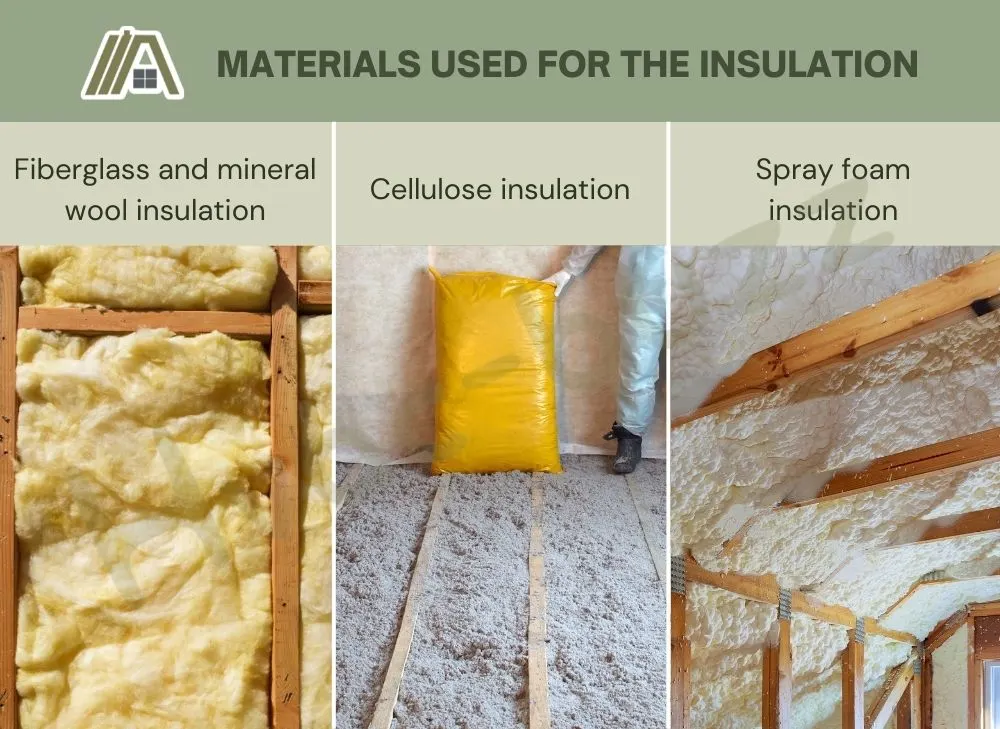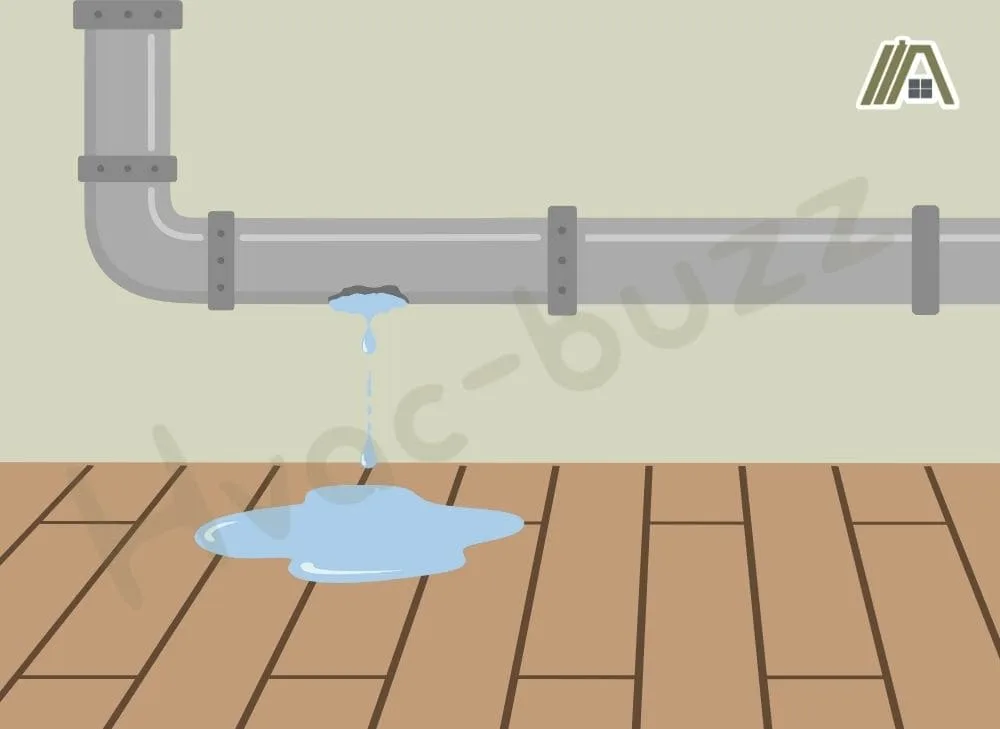Dryer vents always seem to give people pause. If you know the importance of the exhaust system and all the by-products it deals with, it might be enough to make you question whether it is safe to place insulation near the duct.
Insulating around the dryer duct is fine if you are aware of certain factors that influence how you go about it. You are in the right place, though, since I have detailed the main concerns about putting insulation around the duct and what you need to account for.

Fire risk and insulation function are the main concerns. Certain types of insulation are safe to touch the duct, but the duct itself can also be insulated as protection. Installation and maintenance prevent the issue of wet insulation. Compression can be handled by adjusting the R-value or density.
Potential Concerns
There are a few concerns that drive the line of inquiry into whether it is safe to have insulation touching your dryer’s duct. These are as follows:
- Heat from the exhausted dryer air creating a fire risk with the insulation.
- Water leakages wetting the insulation and compromising its function.
- Dryer ducts compressing the insulation and compromising its function.
Is Insulation Flammable?
Insulation comes in several different material options for most forms of insulation, like batt insulation, loose fill/blown-in insulation, and spray foam insulation. The materials you use for the insulation make a difference to how flammable it is.
Fiberglass and mineral wool insulation are naturally heat-resistant as well as being largely fireproof or fire-resistant. So, if you are worried about heat from the dryer being a source of ignition, you can choose this option, knowing that ignition is unlikely.
Cellulose insulation is also naturally heat-resistant. However, it is made from recycled paper (sometimes denim), and this increases the risk of ignition since the materials are combustible. If you want to use this form of insulation, you may consider not letting it touch the vent.
Spray foam insulation is so convenient for insulating hard-to-reach places and blocking out all the little air gaps. This foam is commonly made from liquid latex or a plastic known as polyurethane.
Both types are flammable but have very high fire resistance, meaning that ignition only occurs at the extremely high temperature of 700 °F.

In light of this information, I would avoid letting cellulose insulation touch the duct unless the dryer duct is itself insulated.
Dryer Ducts Can Be Insulated
The very fact that dryer ducts can be insulated means that having these ducts touch insulation is not a big deal. Of course, it may depend on the type of insulation (fiberglass is usually the best choice for a dryer duct).
If you use an insulation material approved for dryer ducts, you can be confident that it’s not an issue. These approved materials will bear a rating code from a safety organization with testing and standards that the International Residential Code (IRC) approves of.
According to Section M1601.3 of the IRC, if your insulation is listed with ASTM E84 or UL 723, it has an appropriate flame spread (25) and smoke-developed (50) index.
While the IRC doesn’t require dryer ducts to be insulated, there are so many benefits that most people will choose to do it anyway.
You should always check your local codes for any amendments that make insulation mandatory for your dryer vent.
Dryer Ducts Should Not Be Leaking
When insulation gets wet, the water saturation interferes with the air in the material as it fills in the gaps in the fibers. When this happens, your insulation can no longer perform effectively.
The moisture also encourages mold growth on the insulation, which will degrade the material and impact its function. You end up needing to replace the insulation.
So, it is an issue if your insulation gets wet, but a well-installed dryer duct system that is properly maintained should prevent this problem.
If there is water leaking out of the duct, making the material wet, it means there is also air escaping. If the duct is compromised, so is the exhaust ability, and your dryer may not be venting appropriately.

Leaking connection points can be re-caulked and sealed, but a crack in the actual shell will require you to replace the section for a permanent fix.
Compression of Insulation is a Concern
While you may think that more insulation is better, you should keep in mind that squeezing too much insulation into a small space (like around your dryer duct) causes compression.
When insulation is compressed, it minimizes the amount of air pockets in the material, which can reduce its effectiveness.
While some compression is fine with fiberglass insulation, you have to be wary as the overall R-value of the insulation will decrease for the layer, even though every inch gets a higher rating.
However, if you have a bit of compression but the cavity is completely filled, you will likely have sufficient insulation.
You can start with a higher R-value so that when it compresses or use high-density insulation, you still have a high enough rating.
Sources
https://insulationinstitute.org/im-a-homeowner/about-insulation/health-safety/
https://www.bobvila.com/articles/types-of-insulation/
https://www.forbes.com/advisor/home-improvement/different-types-of-insulation/
https://www.polyurethanes.org/en/what-is-it/
https://www.sprayonfoam.com/blog/is-spray-foam-insulation-flammable/
https://www.degruyter.com/document/doi/10.1515/epoly-2019-0002/html?lang=en
https://www.retrofoamofmichigan.com/blog/what-is-cellulose-insulation-material
https://homeguides.sfgate.com/fiberglass-insulation-ruined-gets-wet-97851.html
https://www.energyvanguard.com/blog/compressed-fiberglass-insulation-really-so-bad/
https://www.jlconline.com/how-to/insulation/q-a-compressing-fiberglass-batts_o
https://homeguides.sfgate.com/packing-down-fiberglass-insulation-impact-its-effectiveness-69742.html
